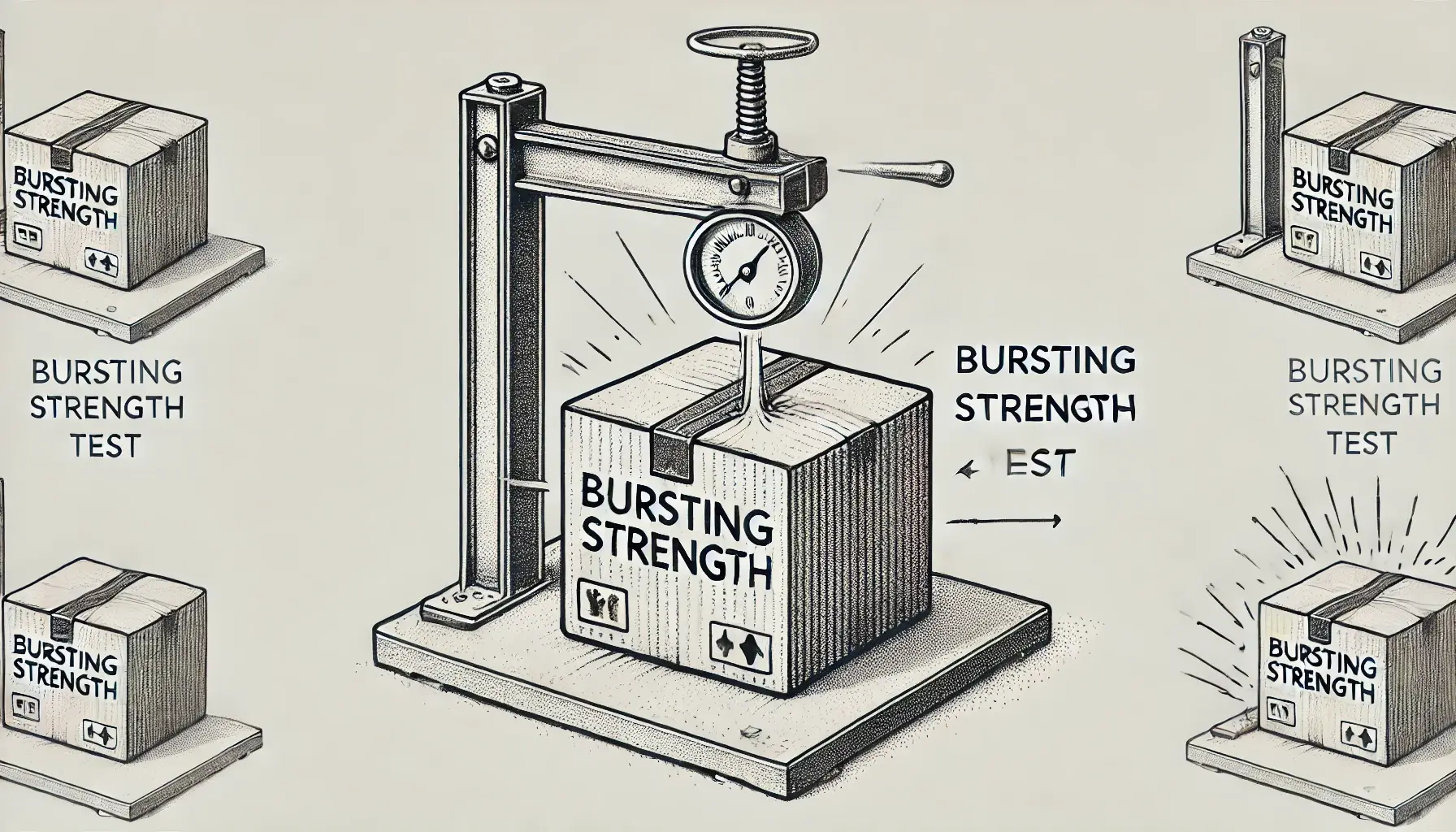When it comes to packaging, strength is a critical factor in ensuring products are well-protected during storage, handling, and transportation. One of the key measures of packaging durability is the bursting strength. It determines how much pressure a material can withstand before rupturing, making it an essential parameter in the design of corrugated boxes, paperboard, and other packaging products.
What is Bursting Strength?
Bursting strength is the pressure required to cause a material to rupture when force is applied uniformly over a small area. It’s commonly measured in units of kilograms per square centimeter (kg/cm²) or pounds per square inch (psi). The test simulates the stresses a packaging material might experience during use, such as stacking, rough handling, or impact.
The bursting strength test is particularly important for packaging materials like corrugated fiberboard and paperboard, as it ensures they can withstand internal and external pressures during shipping and handling.
Why is Bursting Strength Important?
- Product Protection: Packaging materials with high bursting strength provide better protection for the contents inside. This is crucial when shipping heavy or fragile items that may be subjected to rough handling or compression forces.
- Compliance and Standards: Many industries, especially in food, pharmaceuticals, and e-commerce, require packaging materials to meet specific bursting strength standards. This ensures that products arrive at their destination safely and without damage.
- Cost Efficiency: Using packaging with adequate bursting strength helps reduce the need for excessive padding or secondary packaging. This leads to cost savings in materials and shipping, as stronger boxes can handle more weight and pressure without failing.
Factors Affecting Bursting Strength
Several factors influence the bursting strength of packaging materials:
- Material Quality: The type and thickness of the paper or fiberboard used can significantly affect its strength. Higher-quality fibers and thicker layers often provide greater bursting resistance.
- Moisture Content: Humidity and moisture can weaken packaging materials, reducing their bursting strength. That’s why many packaging companies use coatings or moisture-resistant materials to maintain strength in different environmental conditions.
- Manufacturing Process: The method of producing paper and fiberboard, including factors like pulp treatment and fiber orientation, plays a role in determining the final strength of the packaging.
Applications of Bursting Strength
Bursting strength is crucial in various industries where packaging needs to meet specific requirements. Some of the most common applications include:
- Corrugated Boxes: These are widely used for shipping and storage. High bursting strength ensures the boxes don’t collapse or tear when stacked or subjected to external pressures.
- Paper Sacks and Bags: Bursting strength is essential in packaging products like cement, grains, and chemicals, where the packaging must withstand internal pressure without breaking.
- Cardboard Cartons: In consumer goods packaging, particularly for items like electronics and fragile products, high bursting strength ensures protection during transit.
Conclusion
Bursting strength is a key performance metric in packaging that directly affects the durability, safety, and cost-effectiveness of shipping materials. By understanding and optimizing this characteristic, businesses can improve the integrity of their packaging, enhance product protection, and meet industry standards, all while minimizing costs and material usage.
